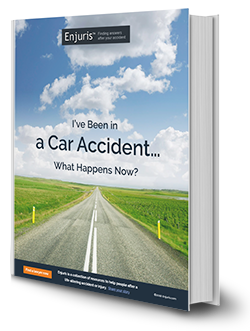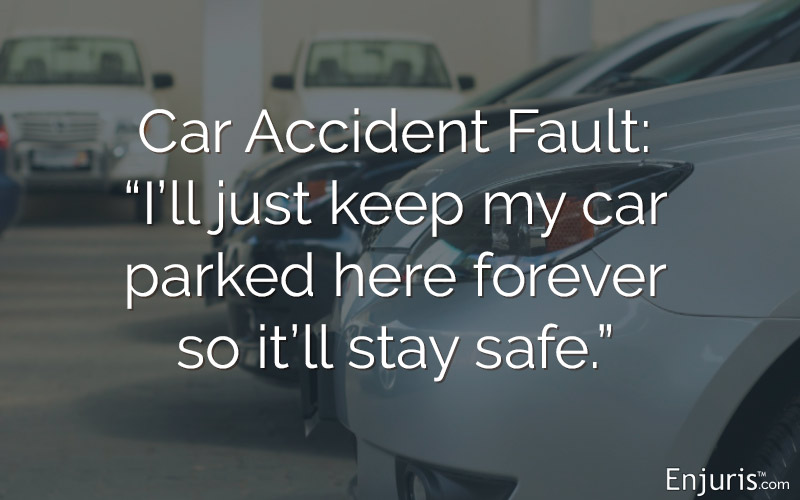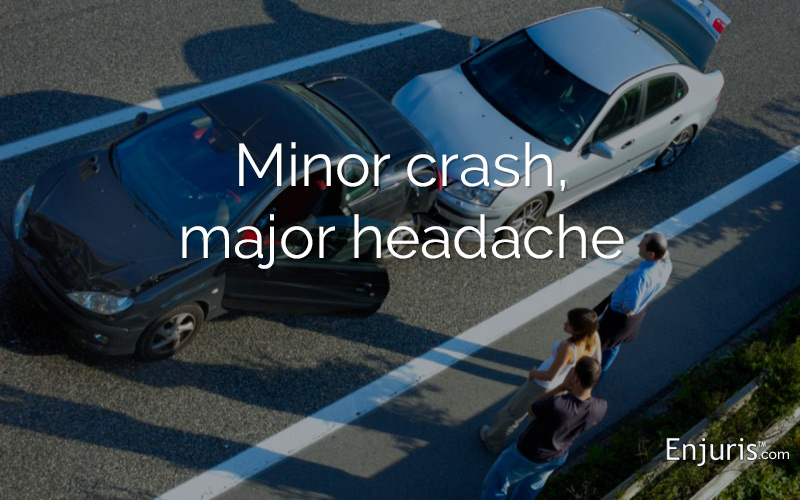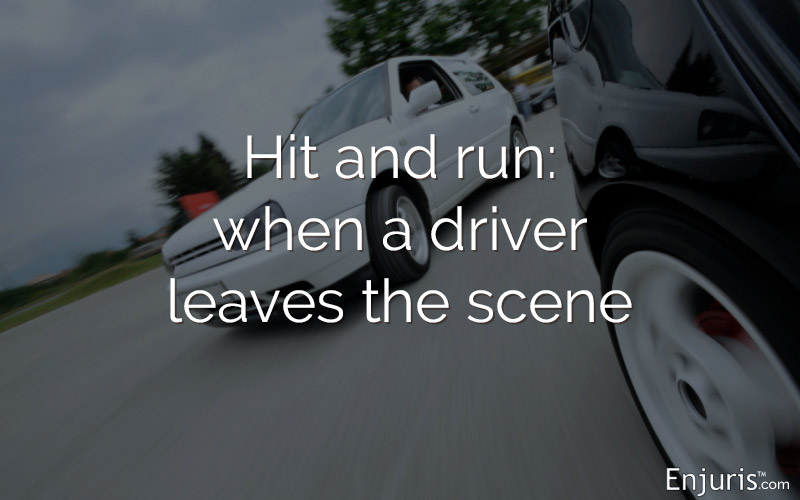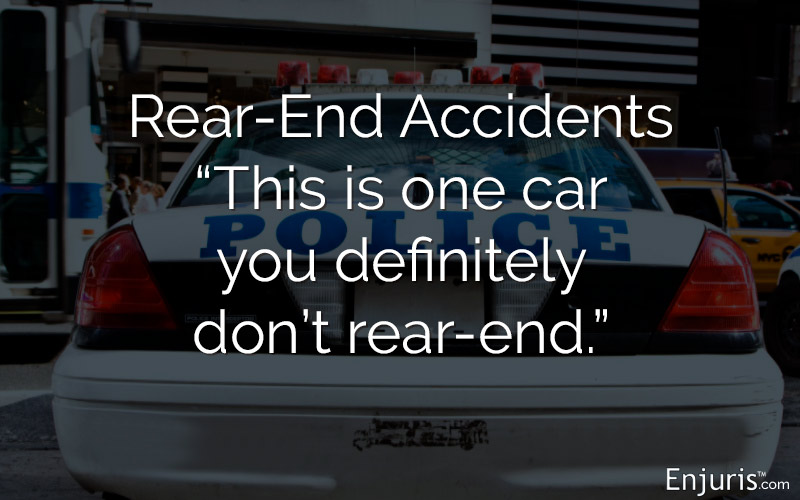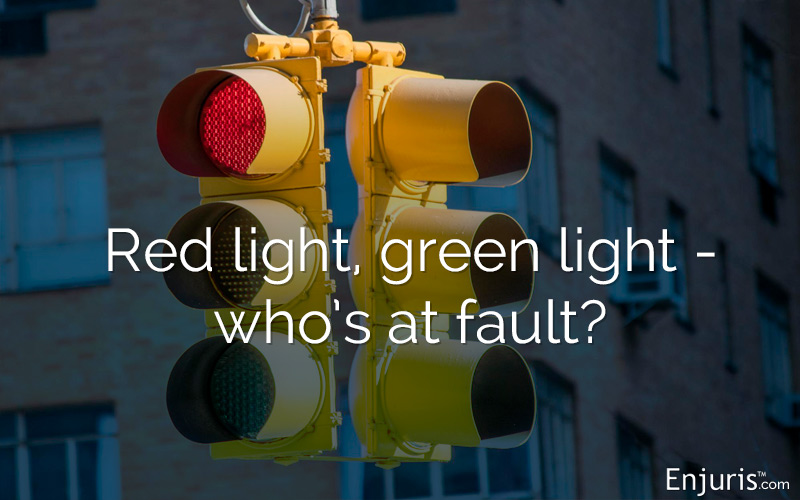Find out about South Dakota car accident laws
A car accident can be devastating — or a minor inconvenience. Either way, how you recover damages is based on the South Dakota fault system and insurance laws. Here’s everything you need to know about how to get compensation for a South Dakota car accident.
The Mount Rushmore State is known for much more than dead presidents carved into rocks. It’s also famous for its Native American culture, festivals like the Sturgis Motorcycle Rally in Sturgis and Jazzfest in Sioux Falls, and for being favorable to small businesses and a strong economy.
If you’re visiting, you can also go to Badlands National Park, Mammoth Site of Hot Springs, or the National Music Museum.
South Dakota is a sparsely populated state, home to fewer than 900,000 people. Interstate 90 is the main highway across the state, spreading from Sioux Falls to Spearfish, and connecting South Dakota to points East and West nationwide. The Missouri River also bisects the state.
The biggest industries in South Dakota are agriculture, fishing and forestry. Specifically, the state is a large-scale producer of corn, alfalfa, soybeans, rye, flaxseed, and wheat. The state also produces livestock and high-quality wool.
Whether you live in South Dakota, transport goods or services throughout the state, or you’re there as a visitor to experience its natural beauty and culture, it’s important that if you’re riding in or driving a vehicle, you know the state’s car accident laws.
South Dakota auto accident laws
South Dakota car accident statute of limitations
The statute of limitations is a law set by each state for the amount of time a plaintiff (injured person) has in which to file a lawsuit. In South Dakota, you may file a car accident personal injury lawsuit within three years of the date of the accident. After that time, the court can dismiss your claim.
However, if the lawsuit is for property damage only, the statute of limitations is six years.
It’s important to note that these dates are only relevant to lawsuits; not your insurance claim (which is your first method for receiving compensation). Each insurance company has its own deadlines for filing a claim—and they’re usually fairly soon after an accident. You should check with your insurance company immediately (or as soon as possible) following a crash to find out when you need to file a claim.
Does fault matter in a South Dakota car accident?
Yes, South Dakota is an at-fault state. That means the driver responsible for causing the crash is responsible for paying for the victims’ injuries or related losses.
If you were injured in a crash that was caused by another driver, you can approach claiming damages in a couple of ways:
- Make a claim through your insurance company. Your insurer will subrogate the claim, which means it will make a claim against the at-fault driver’s insurance on your behalf.
- Make a claim directly against their insurance policy, which is called a third-party claim. In this instance, you would deal with their insurance adjuster, not your own, to resolve the issue.
- File a personal injury lawsuit. This would become an option if the cost for your damages exceeds the amount of the driver’s insurance coverage, or if you are unsatisfied with the amount the insurance company offers because it doesn’t meet the full cost of your expenses related to the accident. It’s also an option for non-economic losses, which are not covered by insurance. These include mental anguish, pain and suffering, loss of consortium, and similar losses that don’t have a specific monetary value.
The South Dakota comparative negligence law is unique
Every state follows one of four comparative negligence laws—except South Dakota. In South Dakota, liability is shared only if one party’s portion was “slight” and the other party’s is “gross.” If it’s not clear enough to meet these standards, then no one recovers damages from the other party. If the plaintiff’s contribution to fault is more than “slight”, they are barred from recovering damages under the Uniform Contribution Among Tortfeasors Act.
Since South Dakota is the only state to use this standard, it was confusing and difficult to prove that someone’s liability was “slight.” The courts have since determined that contributory negligence of about 30% would be the threshold for what’s more than slight. (Wood v. City of Crooks, S.D. 1997)
South Dakota reporting requirements
Any driver involved in a South Dakota car accident is required to report the crash “by the quickest means of communication” to the nearest police department or officer if:
- Anyone was injured or killed; or
- The accident resulted in $1,000 or more of property damage to one person’s property or $2,000 total for the accident.
12 common causes of car accidents
The National Highway Traffic Safety Administration (NHTSA) lists the following as the most common causes of car accidents:
- Speeding. Many people consider the posted speed limit as a suggestion, rather than a limit. The speed limit is determined based on the type of road (including safety concerns like sharp turns or hills), the amount of traffic, and the traffic patterns. If you speed, you can lose your ability to navigate curves, misunderstand another driver’s actions, or be unable to compensate for an unexpected situation.
- Driving under the influence of alcohol or drugs. The NHTSA reports that more than 12% of drivers involved in fatal crashes were found to have a blood-alcohol content (BAC) higher than legal limits.
- Dangerous lane changes or swerves. There can be a variety of reasons why a driver might swerve unexpectedly. Among them are distracted driving (for example, driving while texting), drowsy driving, or a medical event. About 8.5% of the recorded crashes were attributed to a driver having swerved into another vehicle or off the road.
- Failure to yield. Nearly 7% of fatal crashes were because a driver failed to yield the right of way. A driver who’s driving defensively will yield even if they have the right of way in order to avoid a crash.
- Distracted driving. You’ve probably heard about the dangers of driving while using a mobile phone, but there are lots of ways to become distracted while driving. Personal grooming, eating, dashboard controls, passenger behavior, and events outside your vehicle are all ways that your mind (and eyes and hands) can be distracted from the most important task of driving.
- Careless driving. If you’re careless, your actions might be unintentional or “accidental”, but unintentional reckless action is as dangerous as intentionally dangerous driving.
- Overcorrection. Part of driving is reacting. A quick reaction is necessary to driving safely, but sometimes a driver will react in a way that creates an outsized impact, or an overreaction. For example, if the driver wasn’t paying attention and is surprised by what’s ahead, they might then swerve too sharply or quickly to avoid something ahead without looking for what might be to the right or left. Overcorrection was responsible for about 4% of fatalities in traffic accidents over the past decade.
- Failure to obey traffic signs and signals. You need to stop at a stop sign, follow traffic lights, and heed the instructions of any other sign or signal. Period. Failure to obey signs and signals is one of the major causes of traffic-related fatalities.
- Reckless driving. Recklessness is disregard for road rules and safety. Reckless driving causes more than 3% of fatal traffic-related accidents.
- Swerving. Most things that can cause an accident when you drive are outside your own vehicle. You might encounter a pedestrian who crosses outside the crosswalk, debris that becomes airborne from high winds, an item that falls off the back of a truck and lands in the road, or any number of other obstacles. It’s probably reflexive to swerve, but it can cause an accident if there’s traffic to your right or left when you leave your lane.
- Bad weather. Rain and snow can contribute to slippery roads and difficult driving conditions, but precipitation isn’t the only hazard. Fog and sun glare can also contribute to accidents because they reduce drivers’ visibility.
- Drowsy driving. You might be the kind of person who would never drive drunk. But lots of people who think they’re cautious and responsible will get behind the wheel when they’re too tired to drive safely. Drowsy driving is as dangerous as drunk driving. Aside from the possibility of nodding off, being too tired slows your reaction time and can make you unable to respond to what’s happening around you.
If you’ve been in an accident, you’ll want to minimize your liability and maximize your compensation. That’s why it’s important to contact a South Dakota car accident lawyer right away; your lawyer does more than just file lawsuits. On the contrary, your lawyer will do everything they can to avoid a lawsuit. The courts can be expensive, time consuming, and aren’t a sure bet for compensation.
Your lawyer can negotiate with insurance companies and the other parties’ lawyers in order to get you the best possible settlement.
Did you know that car accident law varies by state?
Hurt in a car crash? You may find these resources helpful
Need a lawyer?
What does an injury lawyer do?
A personal injury lawyer helps individuals who have sustained injuries in accidents to recover financial compensation. These funds are often needed to pay for medical treatment, make up for lost wages and provide compensation for injuries suffered. Sometimes a case that seems simple at first may become more complicated. In these cases, consider hiring an experienced personal injury lawyer. Read more
Common car accidents
